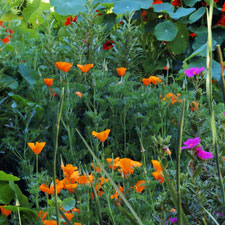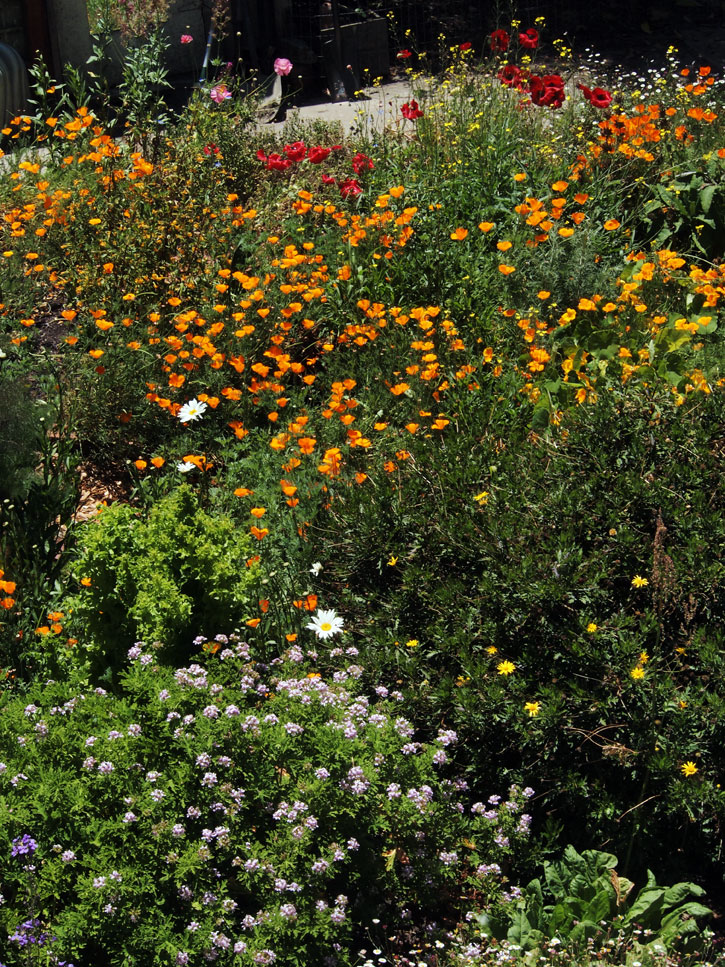
Garden detail, May 1, 2016.
It’s taken me a long time to complete what was meant to be a quick survey of the garden after returning from a trip. These photos are now a month old. I’m starting to feel like Lawrence Sterne.
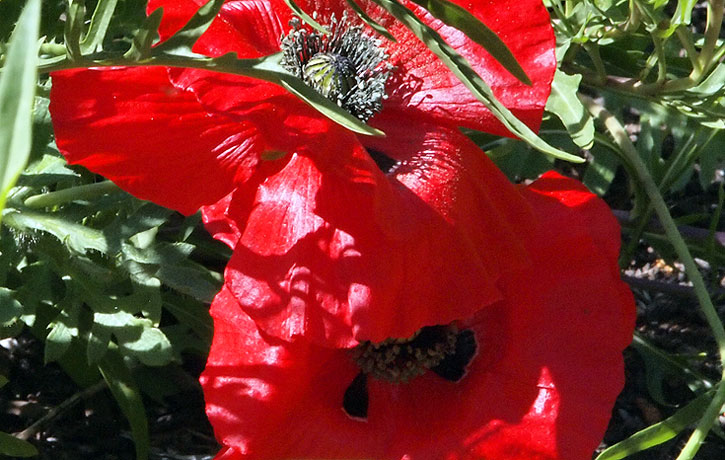
Papaver glaucum, May 1, 2016
Last time I looked at Gruss-an-Aachen and Citrus Burst roses, Senicio talinoides ssp azoides, Aeonium ‘Blushing Beauty’, Brugmansia ‘Charles Grimaldi’, Datura wrightii, and Papaver glaucum. We left off with the poppies, so let’s continue with the above view of the same plant (it can also be seen in the banner atop this blog). This is our best year for these poppies ever.
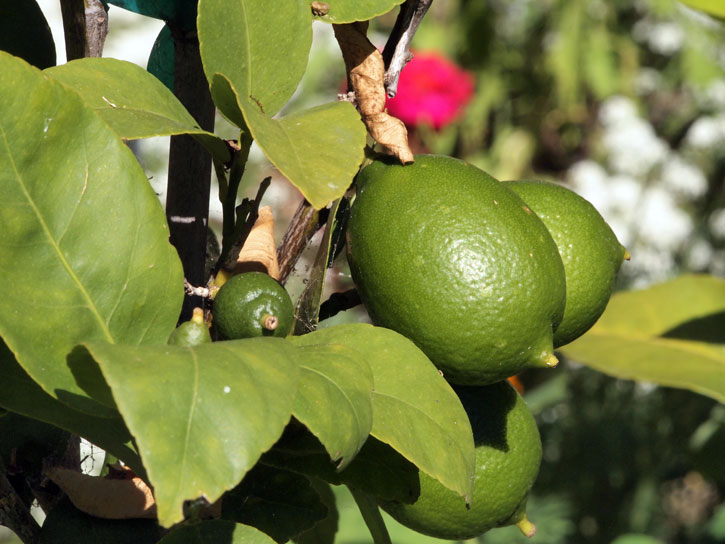
Limes.
Some of the edibles are looking good. The limes are a couple of years old, and this one is producing fruit quite well (the other one is recalcitrant for some reason, though it appears healthy). I’m growing them in containers. Limes are, of course, essential for the cocktail garden — more on that soon.
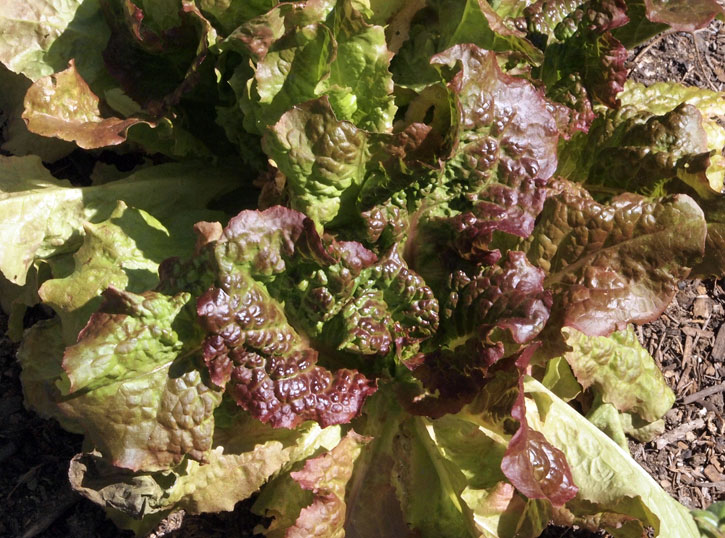
Leaf lettuce.
This lettuce didn’t seem to mind being left to its own devices for a while.
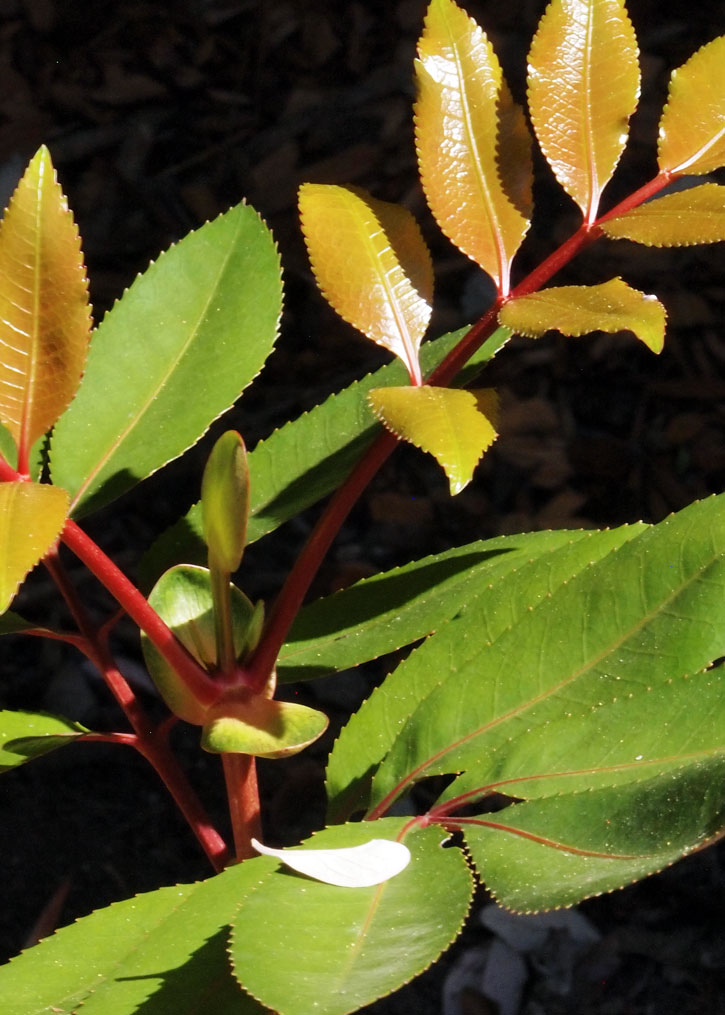
Cunonia capensis, Butterknife Bush.
Butterknife Bush, Cunonia capensis, is one of my favorites. I lost some in our long drought. This one is starting up in a large container, and it’s looking beautiful. This plant is sold at Annie’s Annuals, where it is also called Butterspoon Tree (personally, I use a knife with butter). Most things at Annie’s are sold (either at the nursery or online) in 4-inch pots, but Cunonia grows quickly.
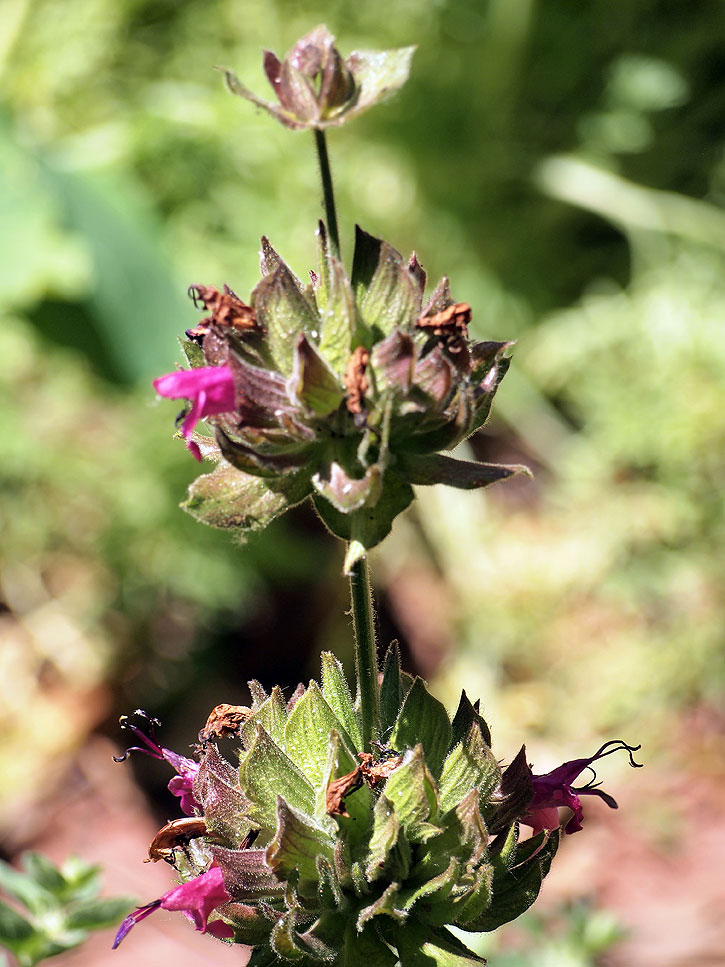
Salvia spathacea, Hummingbird Sage.
Though Cunonia, native to South Africa, is a little exotic, we’ve been growing a lot more natives recently. I’ve always been put off by the moralistic anti-immigrant tone of some proponents of native plants. (I’ll bet they don’t mind apples and tomatoes.) But I love them for their practicality. Appropriate natives are easy to grow, have a very high success rate, and in our area can be quite drought tolerant. Each spring here in the East Bay Bringing Back the Natives hosts a garden tour, which is well worth joining. Above is Salvia spathacea, Hummingbird Sage, which is doing great, and the hummingbirds really do love it. It spreads by runners, so I will have to keep an eye on it. By the way, one of the best sources of information about California native plants is Las Pilitas Nursery, which is in SoCal. Our local Watershed Nursery, in Point Richmond, is also good, though it generally provides less detailed information. It’s where we buy most of our natives.
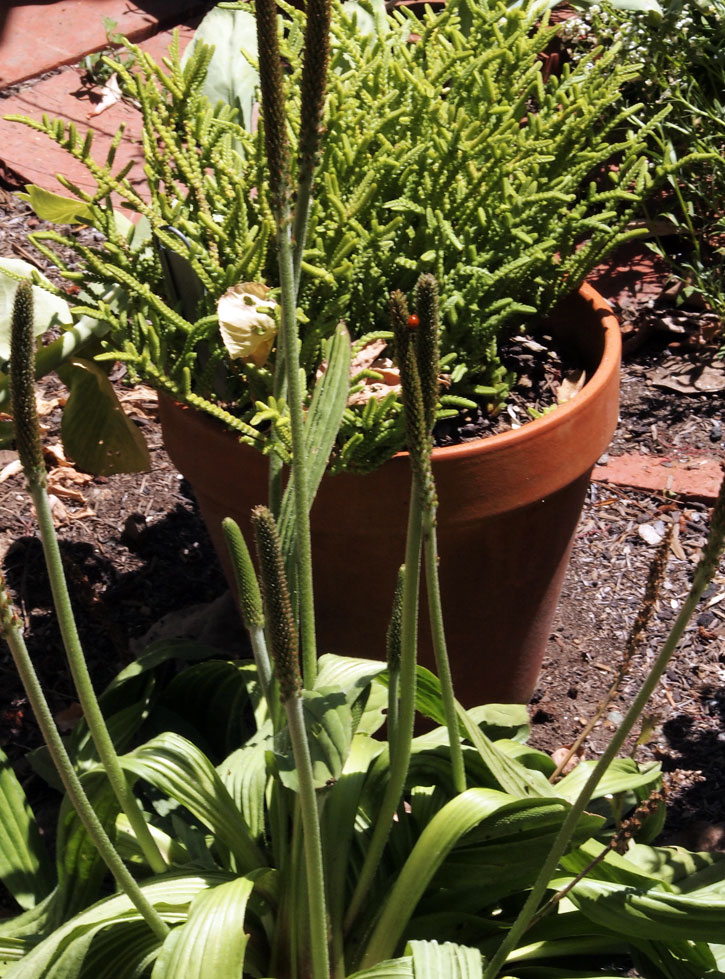
Plantago subnuda and Crassula muscosa ‘Petite’.
Another native I like is Plantago subnuda, Coastal Plantain. I has veined basal leaves and puts up interesting tall stalks. The plant in the container behind it is Crassula muscosa ‘Petite’, another South African native. It loves our Mediterranean climate, and I will have to uppot it soon. I like to intersperse container plants throughout the garden.
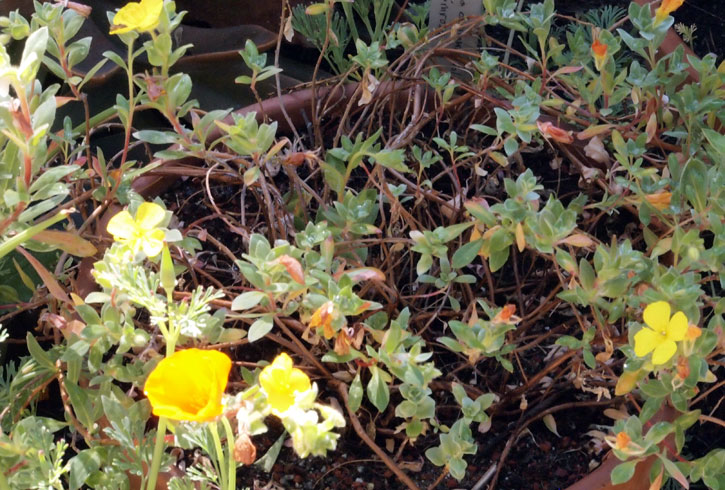
Camissoniopsis cheiranthifolia, Beach Primrose.
Camissoniopsis cheiranthifolia, Beach Primrose, another native, is a favorite of Carol’s. It grows in coastal dunes, so I made a soil mix for it with a good bit of sand. I see that Annie says it is showiest in loamy soil though. I’ll have to propagate a couple of cuttings and experiment.
I could go on, but let’s leave something for another time.
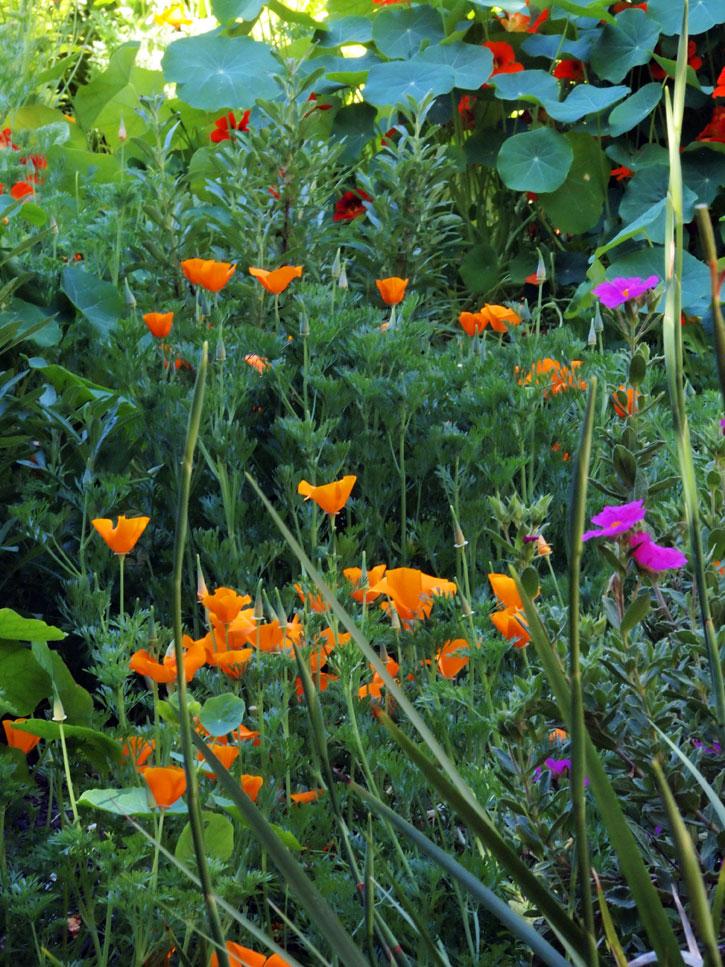
Garden detail, May 2016.
